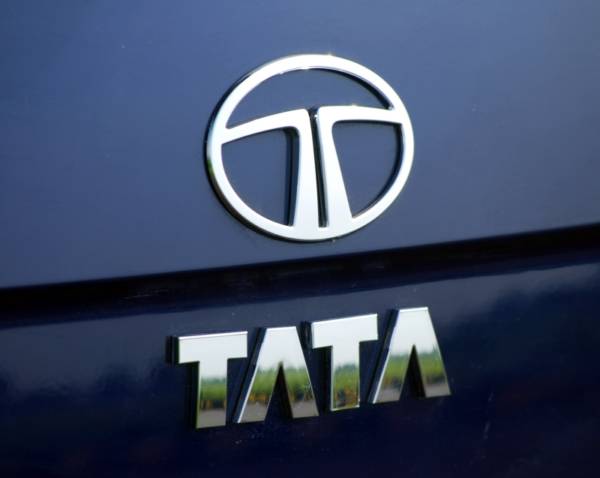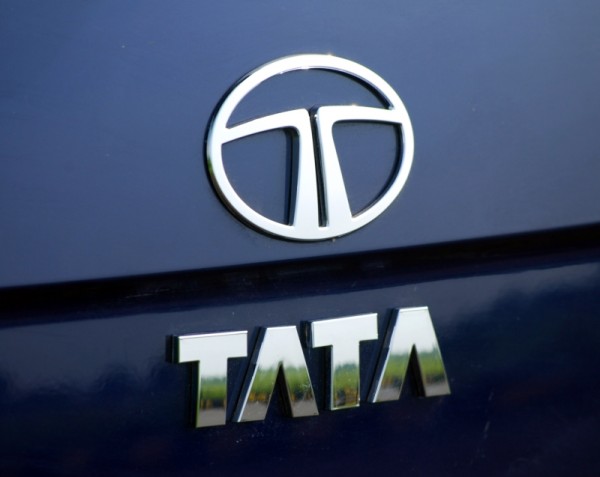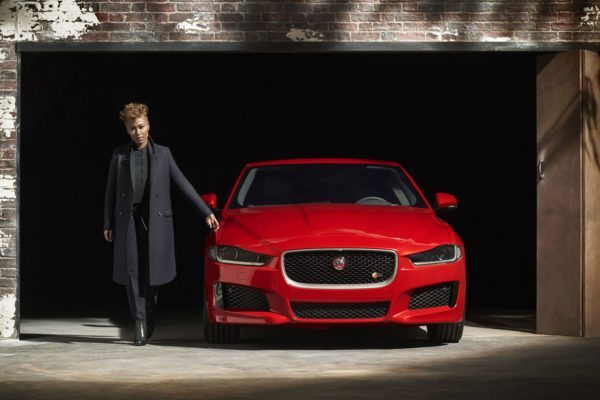Tata Motors today reported Consolidated revenues (net of excise) of Rs.64,683 crores for the quarter, a growth of 38.2% over Rs.46,796 crores for the corresponding quarter of the previous year, despite a continuing weak operating and economic environment in the standalone business which was more than offset by strong demand for new products, growth in volumes, richer product mix and richer geographic mix at Jaguar Land Rover (JLR). The Consolidated Profit before tax for the quarter was Rs.7,528 crores, as compared to Rs.2,934 crores for the corresponding quarter of the previous year and the Consolidated Profit after tax (post minority interest and share of profit / (loss) of associates (net)) for the quarter was Rs.5,398 crores as compared to Rs.1,726 crores for the corresponding quarter of the previous year.
The sales (including exports) of commercial and passenger vehicles for the quarter, stood at 1,10,612 units, a decline of 28.3% as compared to the corresponding quarter of the previous year. The revenues (net of excise) for the quarter stood at Rs.7,705 crores, as compared to Rs.9,105 crores for the corresponding quarter of the previous year. Continued slowdown in the economic growth and other macro- economic parameters continued to impact the demand for the entire auto industry in general and commercial vehicle industry in specific. The Commercial Vehicle industry declined in the quarter compared to the corresponding quarter last year, led by a fall of around 10% in the cyclical M&HCV segment and around 26% in the LCV segment. However, during the quarter the Company has launched the all-new range of Tata ULTRA trucks in the Intermediate and Light Commercial Vehicle (ILCV) range. These will come in several variants with payload capacity between 5 and 15 tonnes. In the Passenger Vehicle Business, the Company under the umbrella of HorizoNext launched the all-new Tata Aria with aVARICOR 2.2 litre engine and other value added features. Further, Company has started the premiere and test drive events for the upcoming All-New Zest with extremely encouraging and positive response from all the sections including auto journalists, auto enthusiasts and all the sections of media.
Profit before and after tax for the quarter ended June 30, 2014 was Rs.394 crores and Rs.394 crores, respectively, against the Profit before and after tax of Rs.753 crores and Rs.703 crores, respectively, for the corresponding quarter last year. Profit before tax for the quarter ended June 30, 2014, includes dividends from subsidiary companies of Rs1,549 crores (Rs1,537 crores for the corresponding quarter last year).
Jaguar Land Rover wholesale and retail volumes for the quarter grew by 27.1% and 22.0%, over the corresponding quarter last year and stood at 115,156 units and 115,596 units, respectively. This reflects solid global demand for the new and refreshed Jaguar and Land Rover line up, particularly for the Range Rover, Range Rover Sport, Range Rover Evoque and the Jaguar F-Type.
The strong sales volumes resulted in revenues of GBP 5,353 million for the quarter. Profit before tax increased to GBP 924 million for the quarter, reflecting the growth in volumes and revenue with strong product and geographic mix.
Tata Daewoo Commercial Vehicles Co. Ltd. registered net revenues of KRW 222 billion and recorded a Net profit/(Loss) of KRW 4 billion for the quarter ended June 30, 2014, as compared to KRW 240 billion and KRW 8 billion, respectively, in the corresponding period last year.
Tata Motors Finance Ltd, the Company’s captive financing subsidiary, registered net revenue from operations of Rs.675 crores and reported a Loss after tax of Rs.99 crores for the quarter ended June 30, 2014, as compared to revenue of Rs.781 crores and Profit after tax of Rs.80 crores, respectively, in the corresponding period last year. The results for the quarter have been impacted due to tightness in the financial market, stress in the business environment and the consequent higher provision on account of Non-Performing Assets.




